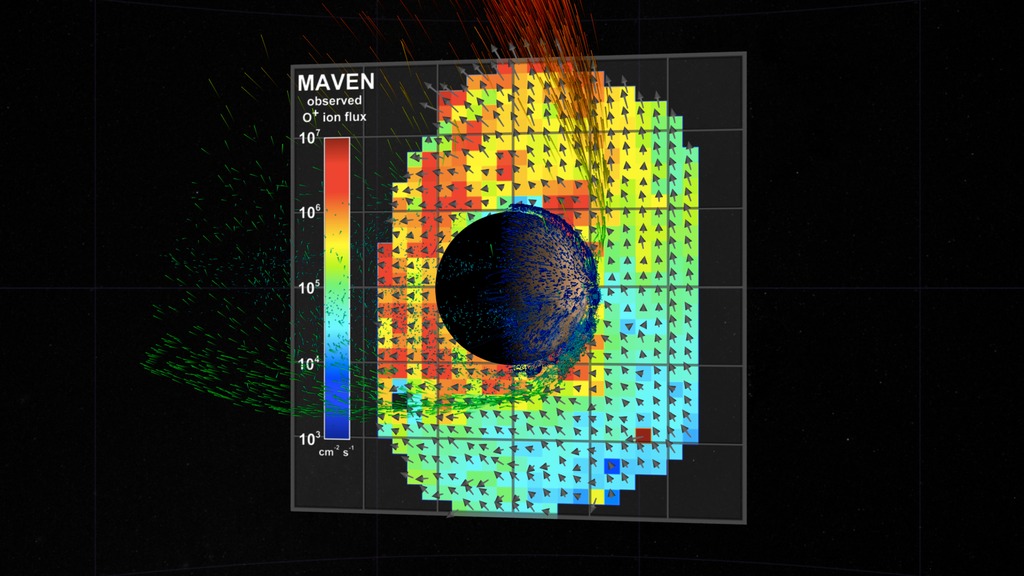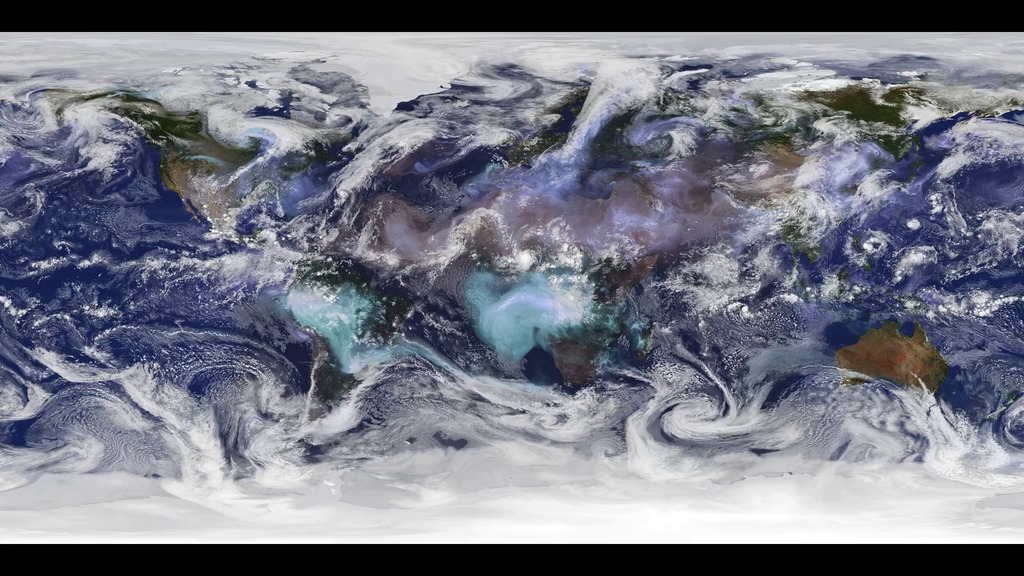SEEC AAS Hyperwall Presentation January 2018
This animation illustrates the Kepler-186 system, whose fifth world is the first Earth-sized exoplanet to be found orbiting within its star’s habitable zone. The animation closes with a simulated image from a coronagraph showing how such a planet might appear when directly imaged.
Credit: NASA/Ames/SETI Institute/JPL-Caltech

This illustration shows how the spectrum of light reflected by Earth can tell scientists about the planet's characteristics.
Credit: NASA
The Sun plus the 8 planets

Illustration showing the spectra of several planets in our solar system, whose individual characteristics shape the light we detect.
Credit: NASA's Goddard Space Flight Center

Images of the planets in the preceding graph. This image is formatted for the vertical 10th screen of the hyperwall.
Credit: NASA's Goddard Space Flight Center
GEOS-5 Model Visible
Movie without music and titles. Available for download in up to 4k resolution.
16:9 open animation for the Sellers Exoplanet Enviroments Collaboration (SEEC). Available in 4k and 1080 resolutions.

10th screen graphic for Avi Mandell

10th screen graphic for Giada Arney
Credits
Please give credit for this item to:
NASA's Goddard Space Flight Center. However, individual items should be credited as indicated above.
-
Producers
- Scott Wiessinger (USRA)
- Claire Saravia (NASA/GSFC)
-
Scientist
- Avi Mandell (NASA/GSFC)
Series
This page can be found in the following series:Release date
This page was originally published on Thursday, March 15, 2018.
This page was last updated on Thursday, October 10, 2024 at 12:17 AM EDT.

